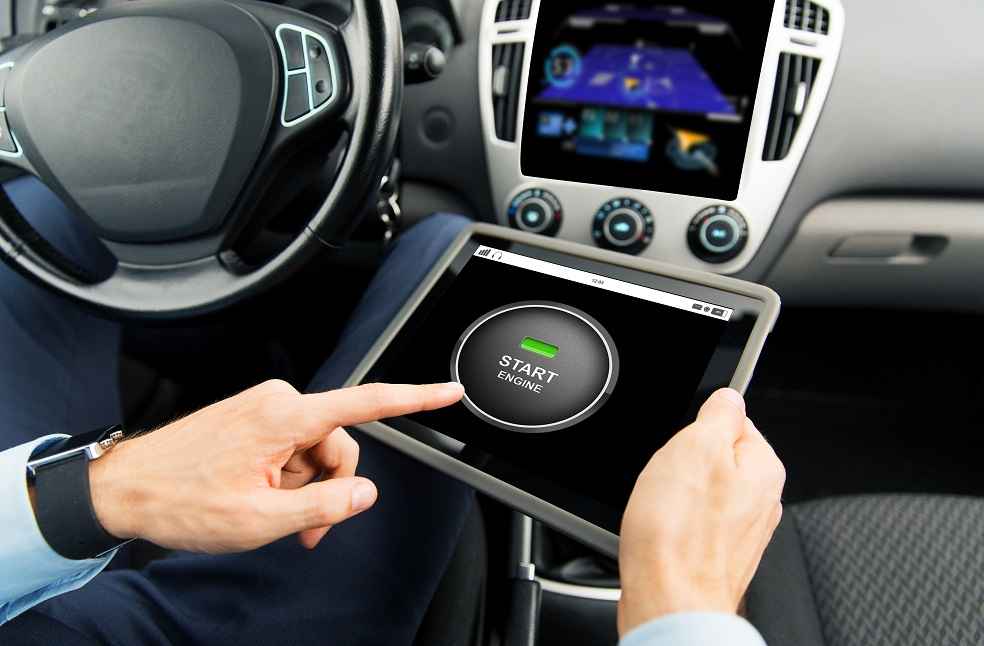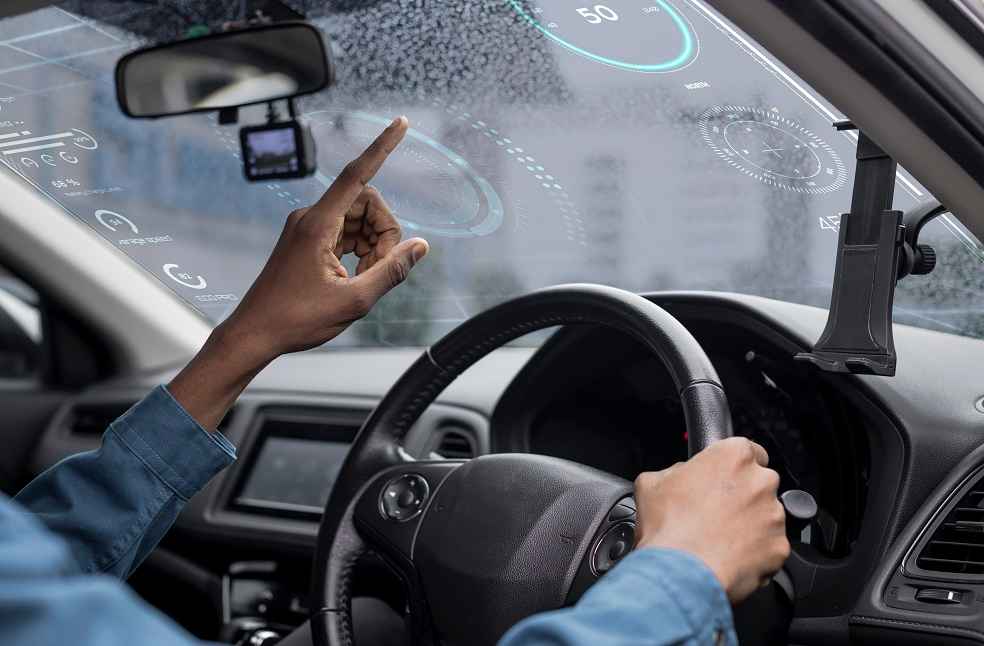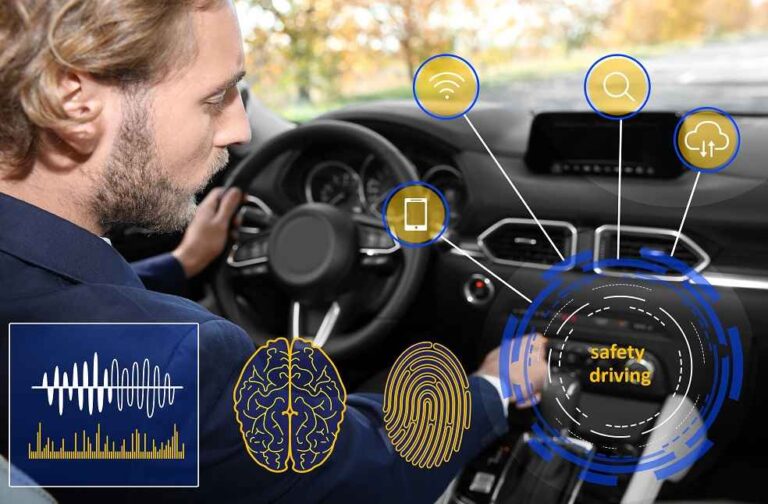The global automotive voice recognition market, valued at $3.4 billion in 2022, is projected to reach $14.7 billion by 2032, growing at a CAGR of 16.1%, according to a report by Allied Market Research.
Automotive voice recognition systems allow drivers to control various car functions through spoken commands, enhancing safety and convenience. These systems enable hands-free operation for making calls, sending texts, adjusting climate settings, navigating, and controlling entertainment systems, thereby reducing distractions and improving focus on the road.
Regulatory and Growth
Government regulations prohibiting the use of handheld devices while driving are propelling the demand for automotive voice recognition systems. Collaborations between automotive manufacturers and tech companies are accelerating the development and implementation of this technology. For instance, MG Motor India and JIO partnered in May 2023 to integrate voice recognition in MG’s Comet EV.
User Experience

Voice recognition systems streamline interactions, allowing drivers to navigate functions without complex menus or buttons. This user-friendly approach enhances the driving experience and broadens accessibility for individuals with limited physical dexterity.
Technological Advancements
Advances in voice recognition, natural language processing, and machine learning have significantly improved system accuracy and performance. Major collaborations, such as Google Inc. and Toyota in October 2022, are integrating AI-based speech services into next-generation multimedia systems. Similarly, Mihup Communication and Harman International partnered in May 2021 to enhance voice-controlled features in Tata Motors vehicles, supporting multiple languages.
Strategic Acquisitions
Companies like Microsoft are expanding their product portfolios through strategic acquisitions. Microsoft’s acquisition of Nuance Communications Inc. in March 2022 aims to leverage AI and ambient intelligence across various industries, including automotive.
Future Prospects

The rising demand for safety, digital adoption, and regulatory requirements are driving market growth. However, high installation costs and data security concerns may hinder progress. Future opportunities lie in integrating voice recognition with other technologies and introducing voice commerce (V-commerce).
Overall, the automotive voice recognition system market is set for substantial growth, driven by technological advancements, strategic partnerships, and increasing regulatory support.
MOST READ | Global Air Taxi Market: Status, Expectations, and Trends





